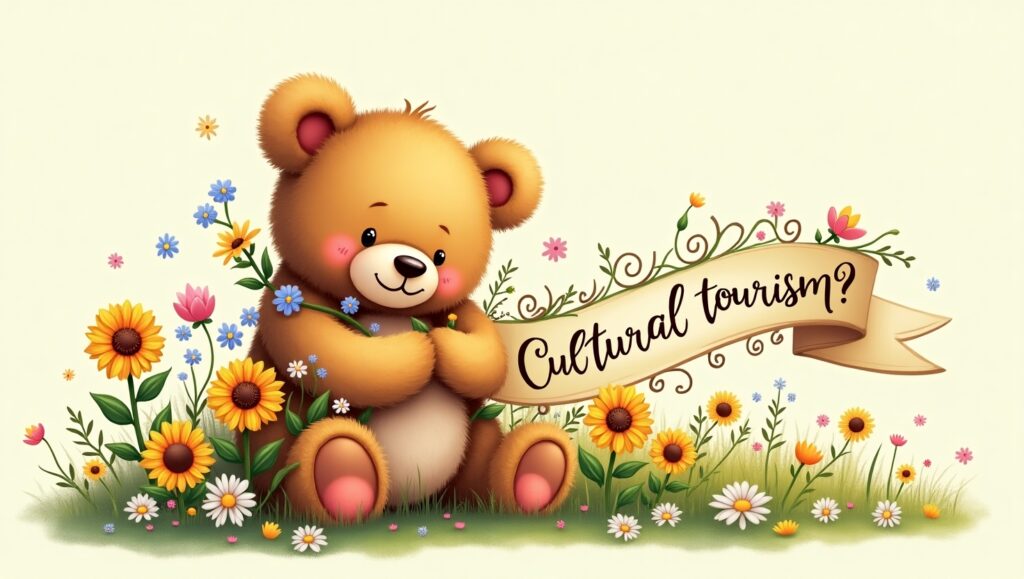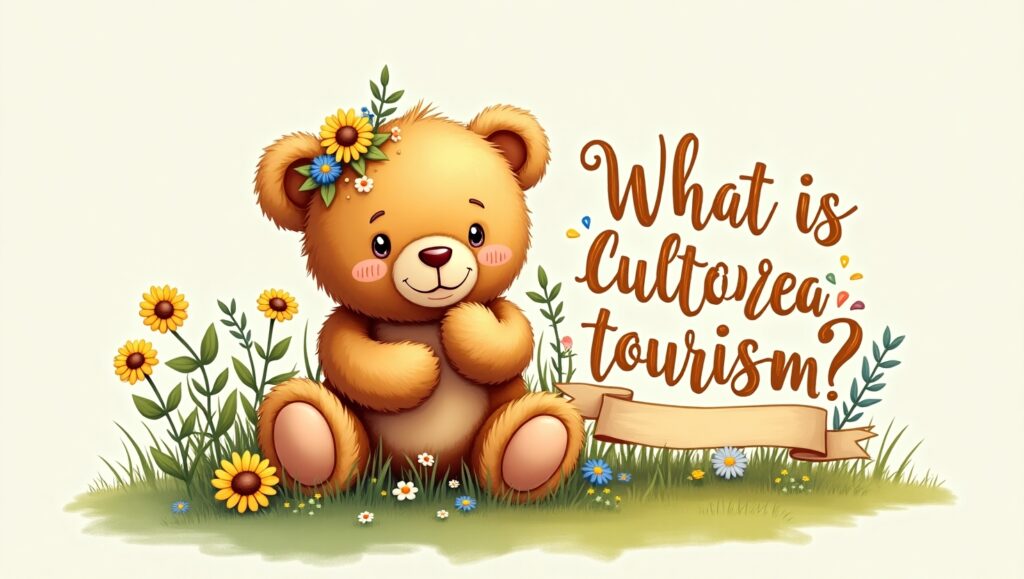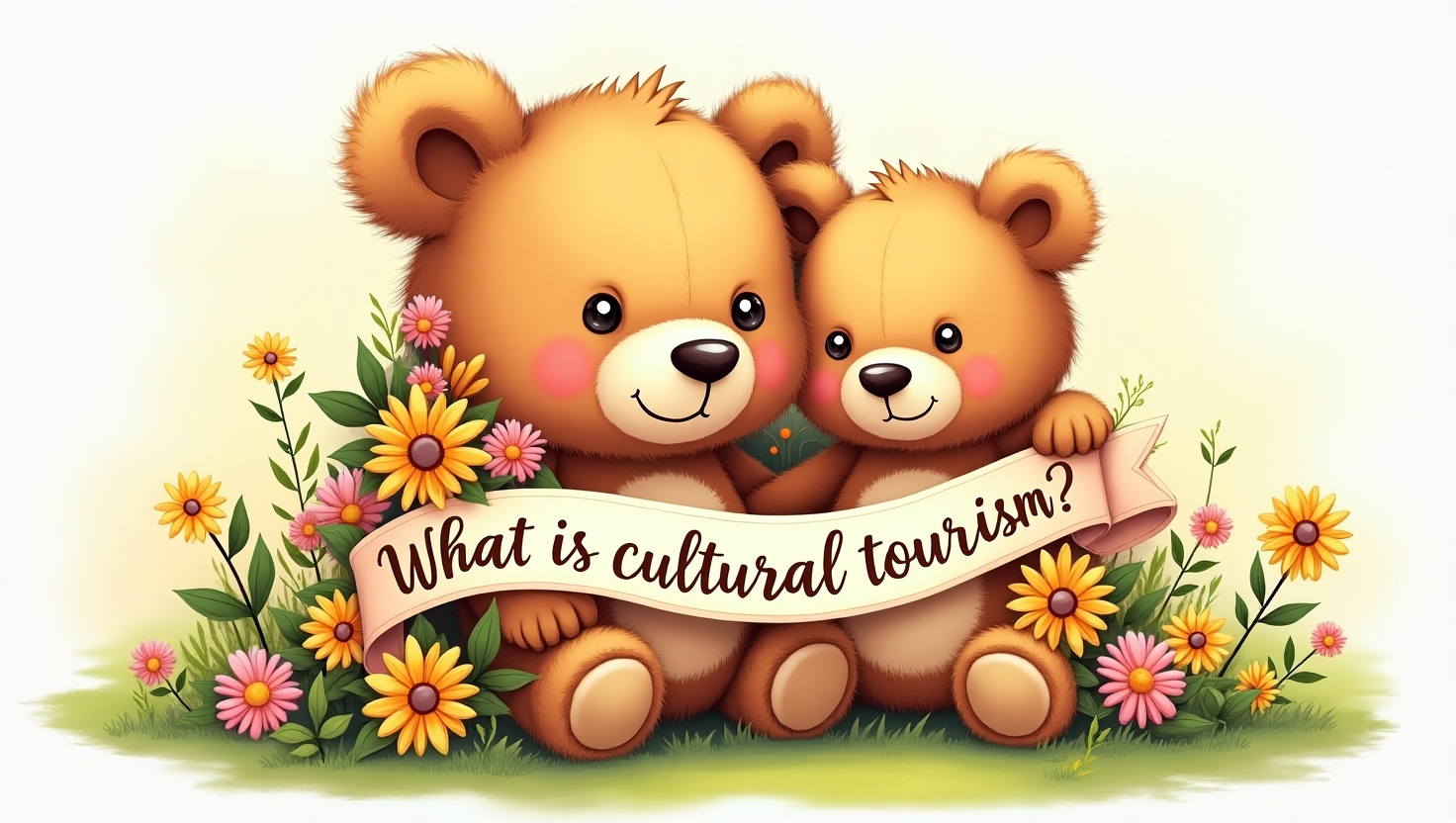In an increasingly globalized world, tourists are seeking deeper, more meaningful encounters. Rather of just resting on beaches or visiting theme parks, people are increasingly looking to interact with foreign cultures, learn history, and appreciate diverse ways of life. This growing interest is known as cultural tourism.

Cultural tourism refers to travel
Cultural tourism refers to travel that is centred on experiencing the culture of a place—its history, art, architecture, religion, language, cuisine, and the daily life of its people. Unlike typical tourism, which may prioritize entertainment and leisure, cultural tourism emphasizes learning, appreciation, and involvement in cultural activities.
This sort of tourism frequently includes visiting:
Historical landmarks and heritage sites
Museums and galleries
Traditional festivals and ceremonies
Local artisan workshops
Indigenous settlements and rural communities
In short, cultural tourism invites travelers to become more than just observers—it encourages them to become active participants in cultural exchange.
Why is Cultural Tourism Important?
Cultural tourism has a crucial role in both the travel industry and society at large. Here’s why:
- Preserving Heritage and Traditions
By paying attention to cultural sites and traditions, tourism helps maintain local history. When travelers visit historic buildings, traditional craft fairs, or religious events, they help to their protection and continuation. - Boosting Local Economies
Cultural tourism gives cash directly to local people, especially in rural or poor areas. Small businesses, craftsmen, and local guides gain from tourists interested in authentic experiences. - Promoting Global Understanding
Cultural tourism encourages mutual respect and understanding amongst people of diverse backgrounds. It breaks down prejudices and develops empathy via personal contact and shared experiences.

Sustainable Travel
Compared to mass tourism, cultural tourism frequently supports sustainable and responsible travel. It encourages slower travel, honours local cultures, and minimizes harm to the environment. Types of Cultural Tourism Experiences
Cultural tourism is highly diversified. Here are some of the most popular experiences that fall under this category:- Historical Tourism
Visiting ancient ruins, battles, castles, and monuments to learn about the history and heritage of a place.
Examples: The Pyramids of Egypt, the Great Wall of China, Roman Colosseum - Art and Architecture Tours
Exploring cities noted for their architecture, art museums, or street art culture.
Examples: Paris for the Louvre, Barcelona for Gaudí’s architecture, Florence for Renaissance art - Religious and Spiritual Tourism
Visiting spiritual places and participating in religious festivals.
Examples: Mecca for Hajj, Varanasi in India, Jerusalem for Christian, Jewish, and Islamic heritage - Culinary Tourism
Tasting traditional meals, taking cooking classes, and learning about local agriculture.
Examples: Wine tours in Italy, street food in Thailand, sushi-making in Japan
Living Culture and Folklore
Attending local festivals, music events, and dance performances that reflect regional traditions.
Examples: Carnival in Brazil, Day of the Dead in Mexico, Highland Games in Scotland Benefits of Cultural Tourism for Travelers
Travelers who engage in cultural tourism generally experience deeper satisfaction and personal improvement. Here’s how:- Authentic Experiences
Rather than cookie-cutter tours, cultural tourism allows you to see a destination through the perspective of the inhabitants. - Personal Enrichment
You discover fresh viewpoints, gain historical information, and often pick up new skills like traditional cooking, weaving, or language basics. - Memorable Connections
The friendships and encounters with local people might lead to wonderful memories and lifelong relationships.
Education Through Travel
Cultural tourism turns every journey into a learning opportunity, great for students, educators, and interested visitors. Challenges of Cultural Tourism
While cultural tourism brings numerous advantages, it also comes with challenges: Over-tourism at popular heritage sites can damage historical monuments. Commercialization may dilute or misrepresent local culture. Cultural sensitivity is vital; travellers must respect local norms and avoid inappropriate behavior. To mitigate these difficulties, responsible travel behaviours are needed.
How to Be a Responsible Cultural Tourist
Here are a few easy steps to ensure your cultural vacation is courteous and meaningful: Do your study about local culture, religion, and manners before arriving. Support local businesses and craftsmen by buying real crafts and hiring local guides. Ask permission before snapping images of individuals or sacred locations. Be open-minded and prepared to learn—even if a tradition is different from your own. Avoid exploitation of local cultures for entertainment purposes

Conclusion
Cultural tourism offers a strong approach to travel with purpose. By delving into the heart of a community and embracing its tales, rituals, and daily life, travelers can build meaningful connections and return home with more than just souvenirs—they carry wisdom, empathy, and respect for the diversity of our planet. Whether you’re seeing historical ruins, tasting traditional dishes, or dancing at a local festival, cultural tourism turns every journey into a personal adventure and a common celebration of mankind. Keywords: what is cultural tourism, cultural tourism benefits, forms of cultural tourism, examples of cultural tourism, cultural travel 2025, legacy tourism, cultural experiences.


